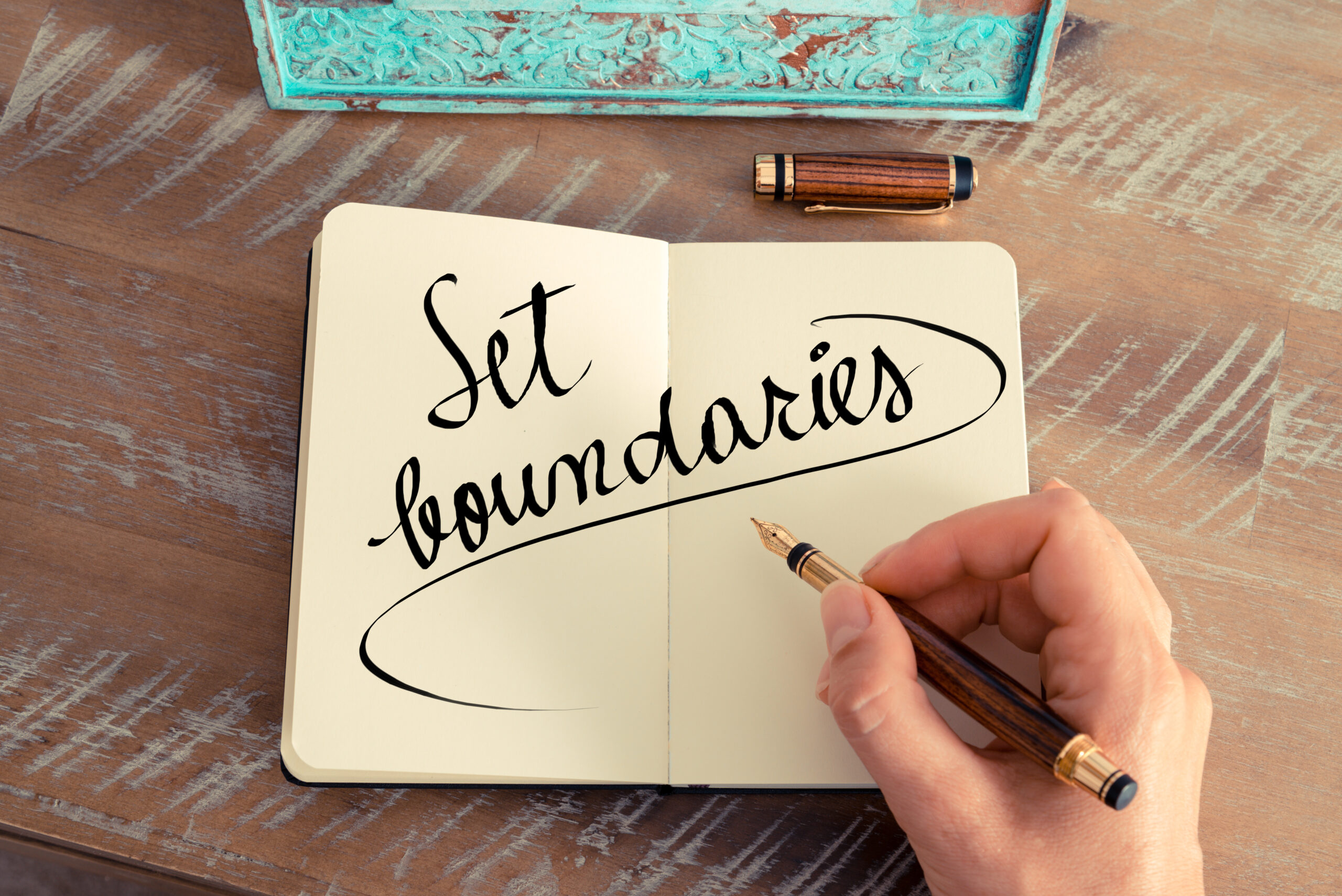By: Del Thompson
There are many skills that almost everyone finds themselves working on at some point in our lives, such as boundaries. But what are boundaries? Why do we struggle with creating and responding to boundaries? There is nothing inherently wrong with a boundary, in fact, boundaries are often the tool we need in relationships to better function and feel like we can fully show up as ourselves.
What are boundaries
Boundaries are an assertion of identity and our place of comfort and acceptance in the world. Boundaries are used as a relational communication tool. Last, but not least, boundaries are a way to protect ourselves. By expressing and asserting boundaries, we are creating and shaping relationships and the kinds of behavior we desire to engage in. Boundaries can look like behaviors, situations, and routines we wish to engage in versus those we which those we wish to avoid. Boundaries exist in every part of life from physical to emotional to sexual to occupational and more!
Boundaries are used as a relational communication tool. Last, but not least, boundaries are a way to protect ourselves. By expressing and asserting boundaries, we are creating and shaping relationships and the kinds of behavior we desire to engage in. Boundaries can look like behaviors, situations, and routines we wish to engage in versus those we which those we wish to avoid. Boundaries exist in every part of life from physical to emotional to sexual to occupational and more!
Examples of boundaries
We can set boundaries with ourselves and with others. The goal of a boundary is to communicate the distinction between something that would be healthy, make us feel comfortable and accepted, and to protect ourselves. An example of a boundary we set with ourselves every day is something as simple as when to go to sleep so we can be well rested. Failing to adhere to this boundary can mean not feeling well-rested the next day, as well as sleeping in and potentially missing an appointment. Understanding one’s own needs and what leads to feeling good is a strong way to develop boundaries.
Examples of boundaries with others may look different, but they have strong similarities. Boundaries are made in response to behaviors and situations that affect us. One common example is physical touch, such as a hug. Not everyone is comfortable with the same things! An example of setting a strong boundary would be, “I am not comfortable with a hug, but I am happy to shake your hand,” or even, “I am not comfortable with a hug, but I am happy to see you!” These examples clearly state what the person is not comfortable with, what they are comfortable with, and shares their emotional state, which is often implicitly hidden within actions instead of being discussed. When setting a boundary, it can also be helpful to explain why the boundary is being set, but sometimes it may not be necessary, helpful, or even painful to do so.
How to respond to boundaries
We use boundaries everyday both implicitly and explicitly. How others respond to our boundaries and how we respond to others’ boundaries is an important skill to develop. When presented with a boundary it is important to remember it is not a personal attack, it is a person trying to create safety around them. Responding to boundaries in an affirming manner, where someone is thanked and encouraged for having a boundary and sharing it, creates a situation much friendlier and accepting than someone might expect.
When someone responds to a boundary we set poorly, such as by ignoring or violating it, it is important to remind ourselves why we set that boundary. Enforcing a boundary is not meant to punish or hurt others, it is meant to keep ourselves safe. One of the easiest ways to enforce a boundary is to leave the situation or the person that is crossing boundaries. Limiting access is a way to enforce a boundary with others.
For assistance with teaching boundaries to children:
For further examples on how to set healthy boundaries:
Written By Del Thompson

